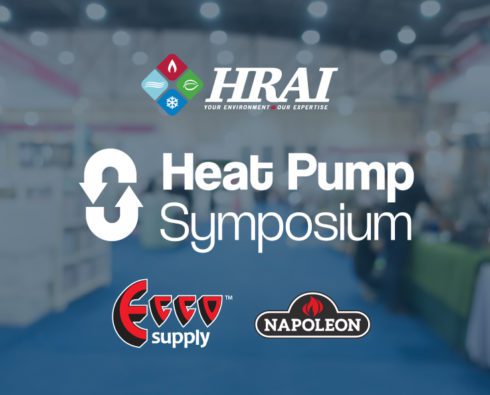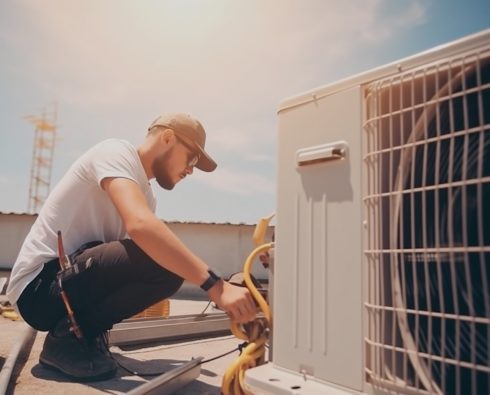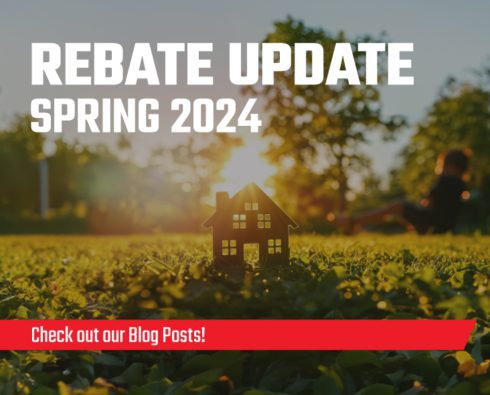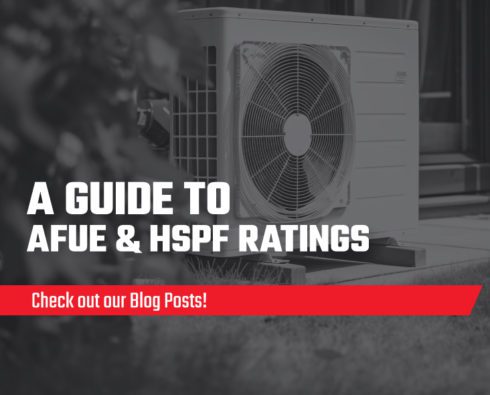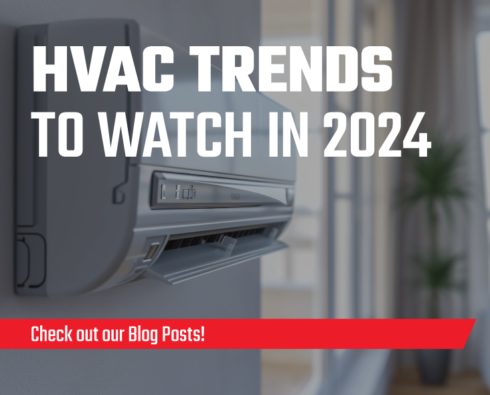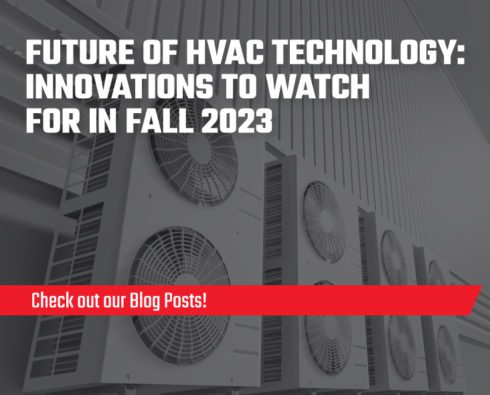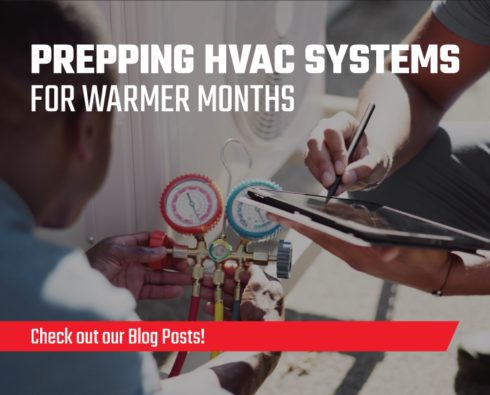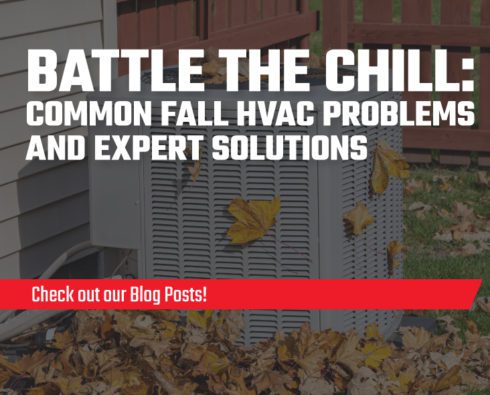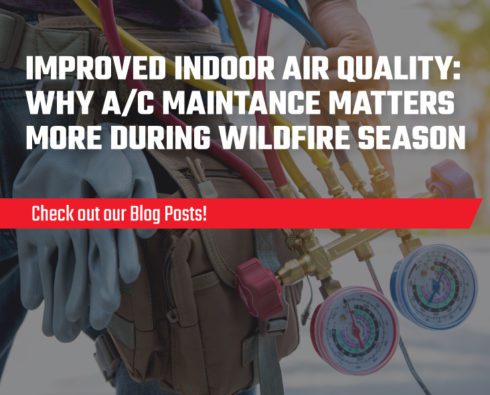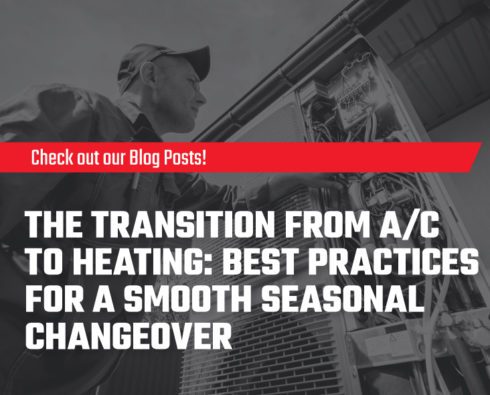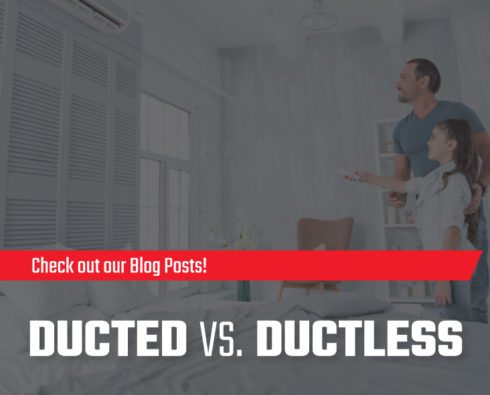
Navigating the Shift to Eco-Friendly Refrigerants
The AC industry will soon experience phase-outs of common refrigerants, and whether you’re an HVAC pro in the U.S. or Canada, you need to know how they will impact you, your team, and your customers.
Refrigerant phase-outs can be challenging to understand, as countries follow slightly different rules. In this post, we’ll cut through the noise and cover all the basics so you can better understand what’s happening.
Why are refrigerants being phased out?
For decades, gradual bans and phase-outs of refrigerants and other chemicals have been implemented to reduce the impact of ozone depletion and global warming.
More recently, the Kigali Amendment to the Montreal Protocol, agreed upon in 2016, was established to significantly reduce the global production and use of HFCs by 80-85% by 2047.
Different countries have established regulations for achieving that goal, making interpreting the new standards tricky.
Refrigerant bans scheduled in the U.S.
Starting on January 1, 2025, several common refrigerants will be banned in new air conditioning systems in the United States. This Environmental Protection Agency (EPA) regulation sets specific global warming potential (GWP) thresholds, capping the allowable GWP for refrigerants at 750.
The most common refrigerant this ban impacts is R-410A, which has a very high GWP of more than 2,000.
Refrigerant supply constraints in Canada
Canada, by contrast, isn’t planning a similar ban. Instead, at set intervals, it’s aggressively lowering the national supply cap on hydrofluorocarbons (HFCs), such as R-410A. The next step-down is set for 2029, at which point the cap will be a third of what it was in 2023.
In theory, HVAC pros can proceed with business as usual but risk major business disruption due to supply shortages.
Shifting to eco-friendly refrigerants
As refrigerants with high GWP are outright banned or their supply is constrained, the shift to eco-friendly alternatives will accelerate. The good news is that equipment manufacturers are ahead of the game and are already adopting low GWP options like R-32 and R-454B.
Challenges for HVAC pros and their teams
The low GWP alternatives the industry is shifting toward are classified as A2L refrigerants, which are mildly flammable compared to traditional HFCs. HVAC technicians should take specialized training to handle these new refrigerants safely.
The mildly flammable classification of these new refrigerants may also impact project timelines, as not all building codes are updated to allow flammable refrigerants.
Risks of not shifting to low GWP systems
In the U.S., HVAC teams will have little choice after January 1, 2025. In Canada, that won’t be the case. Without an outright ban kicking in at a set date, HVAC teams and owners of HVAC systems will need to decide when, where, and how to shift. HVAC companies that don’t prioritize training and educating customers on the value of upgrading to low GWP systems may face severe supply constraints in the coming years.
Likewise, HVAC system owners may find fewer and fewer resources available to properly service, maintain, and repair systems that use high-GWP HFCs.

